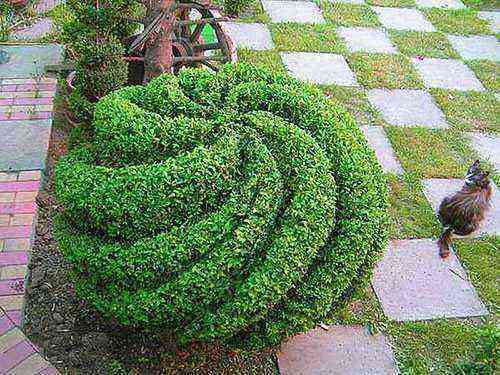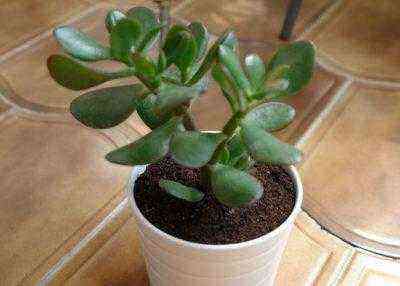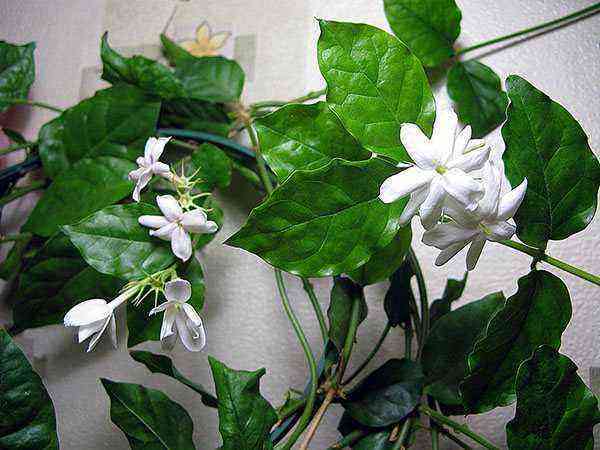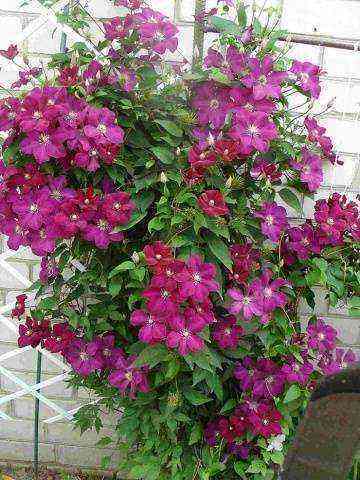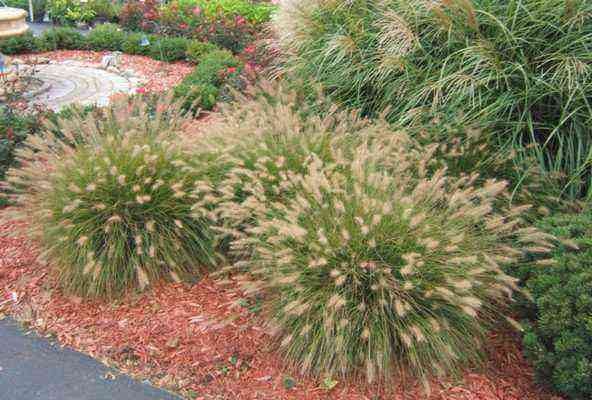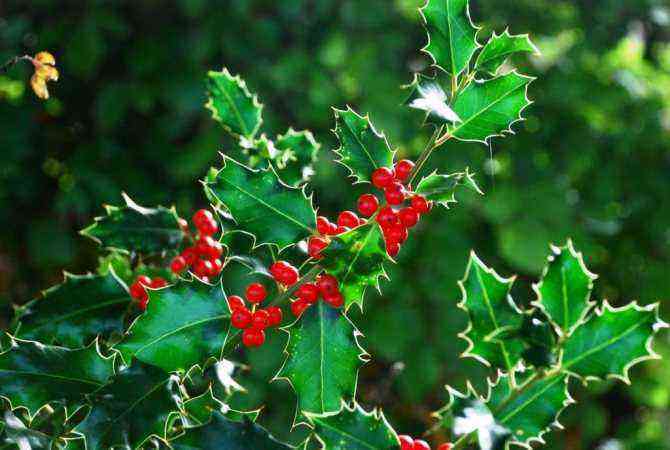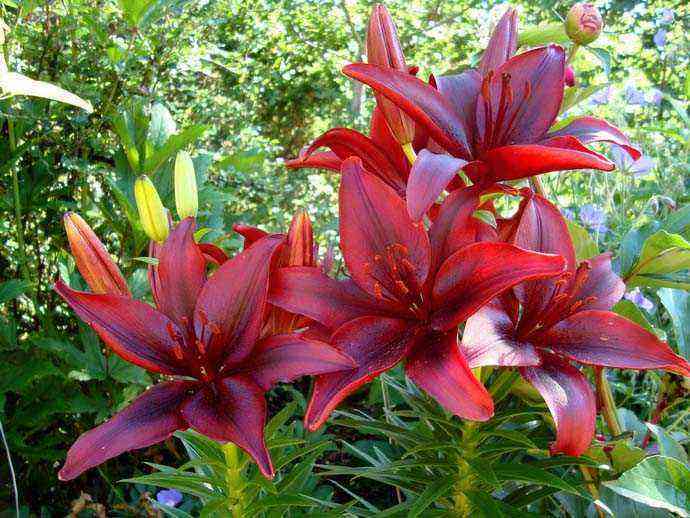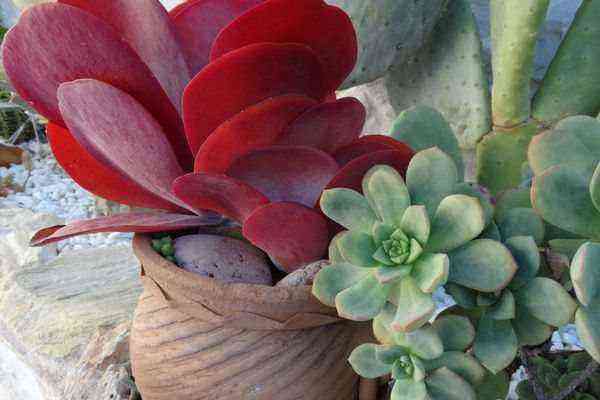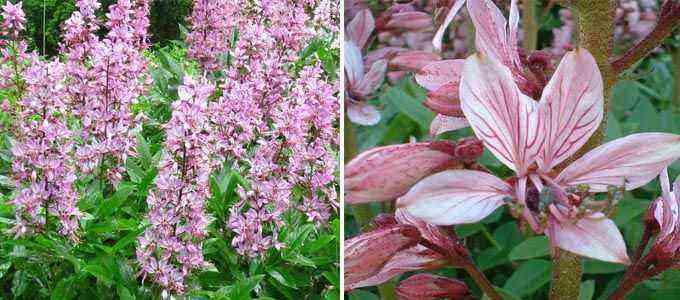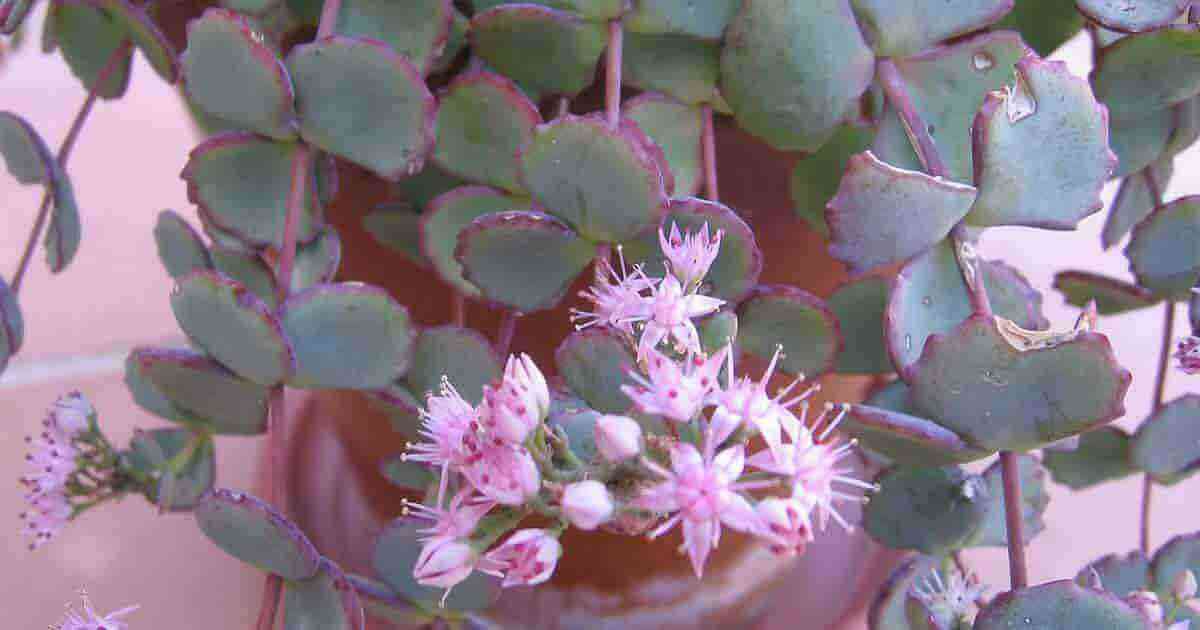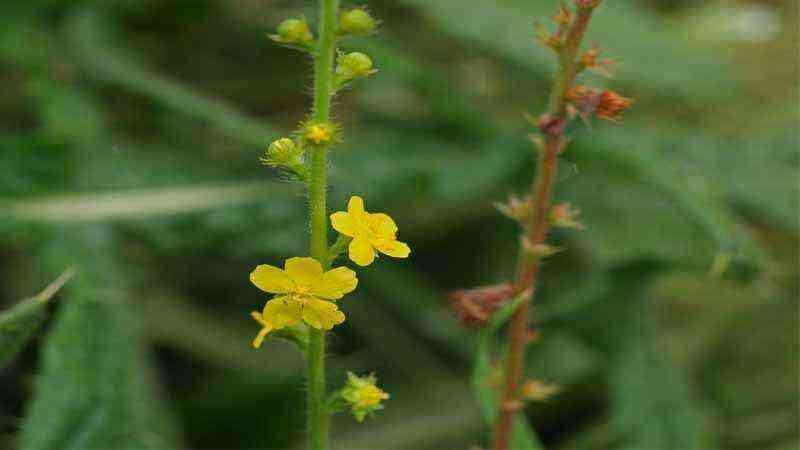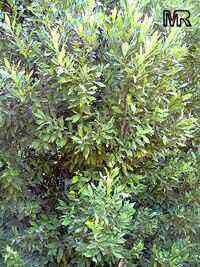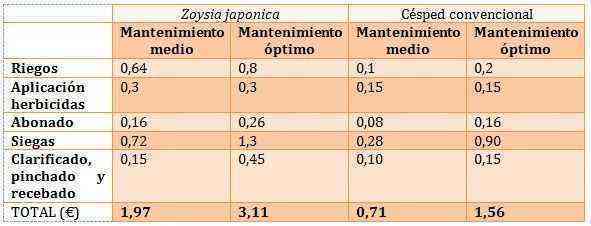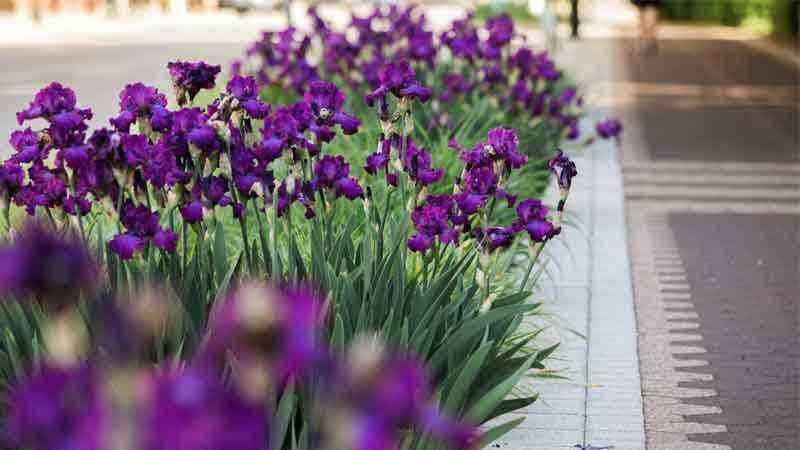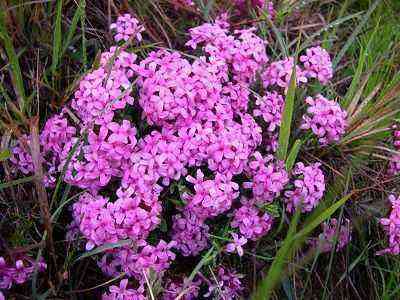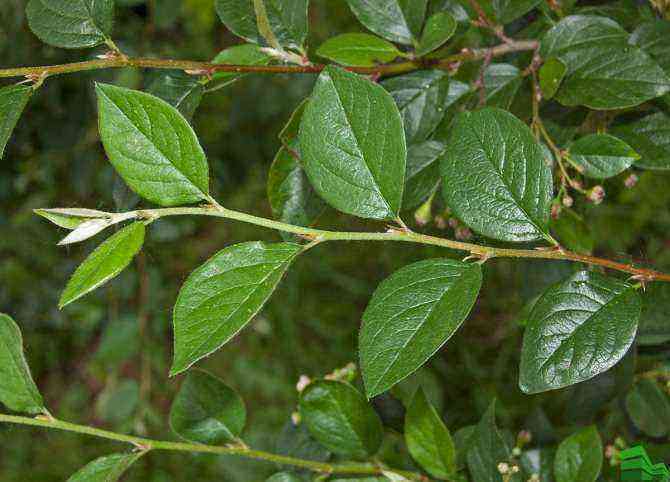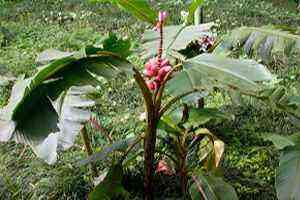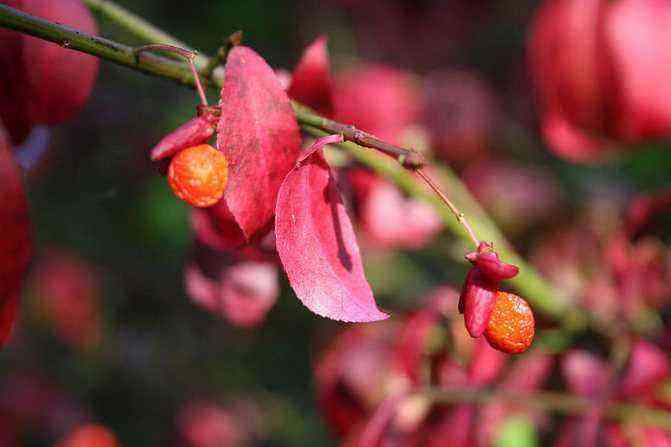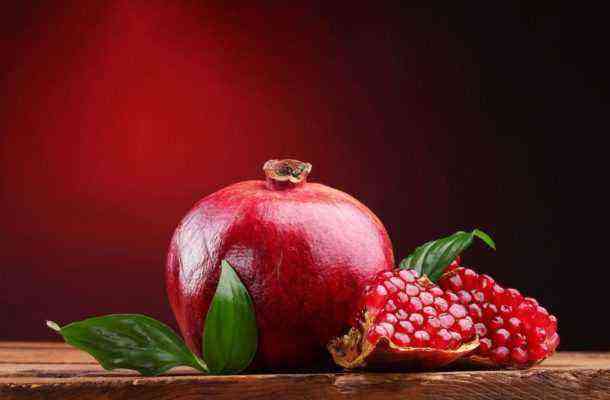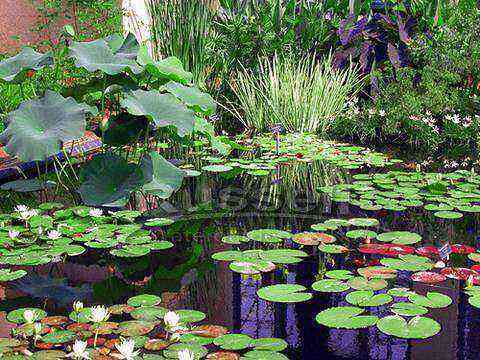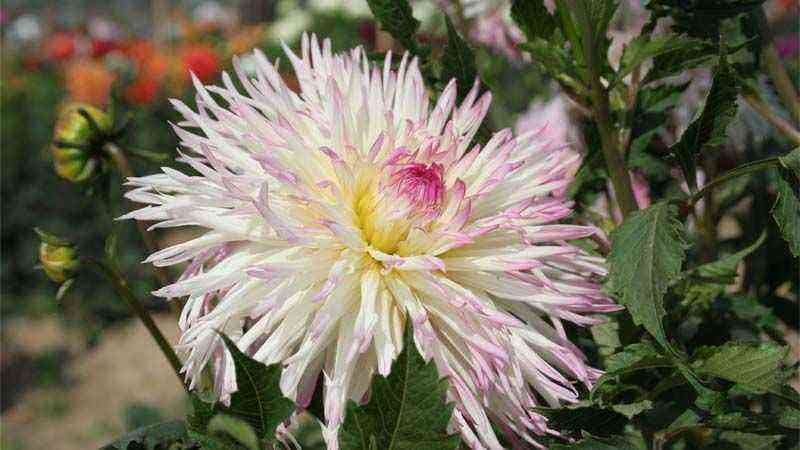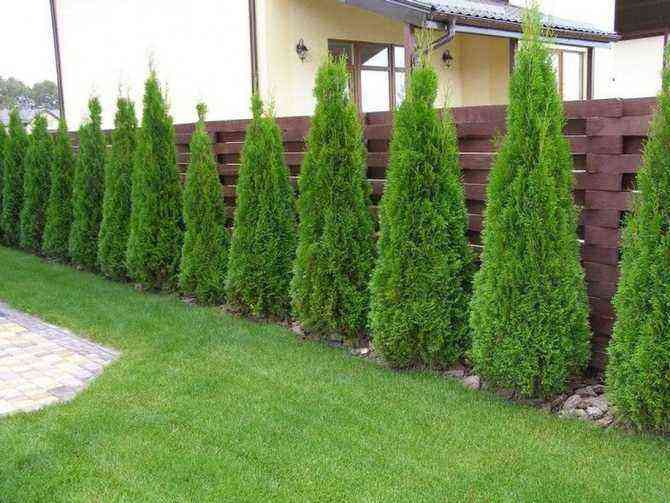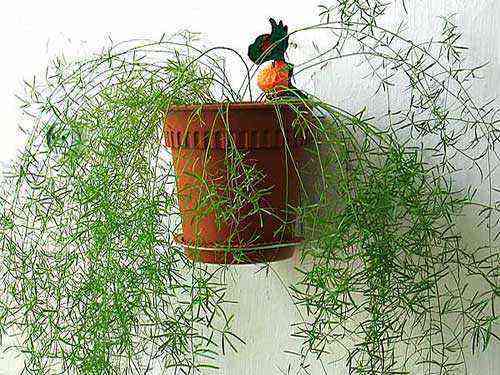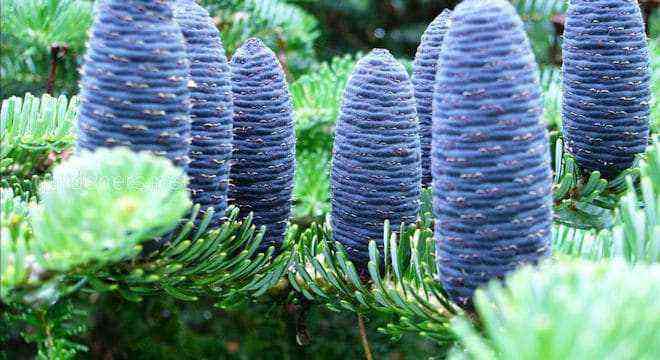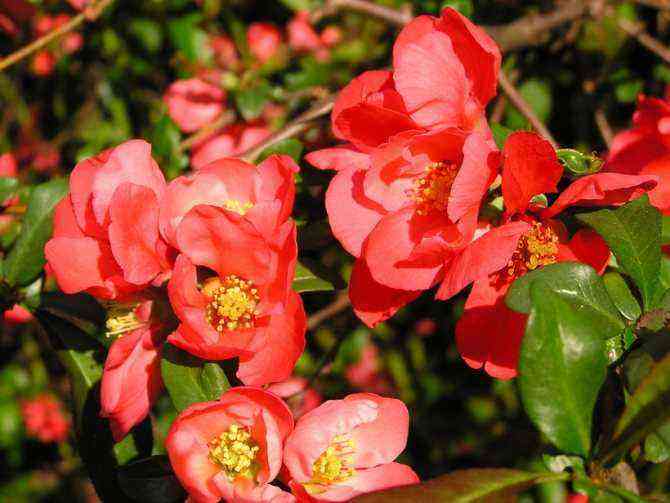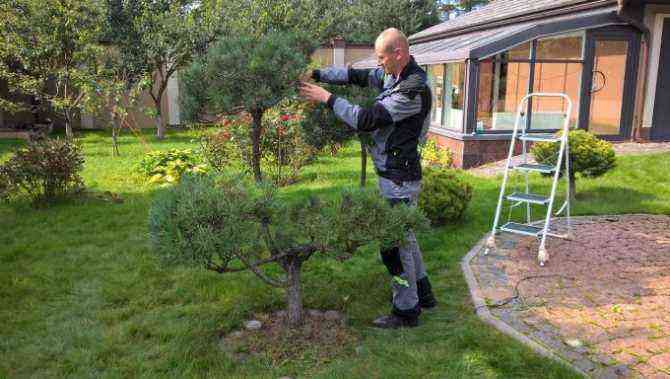The Japanese banana tree (Musa basjoo) is a typical tree of the tropics and subtropics. However, it is possible to adapt it to the conditions of your garden, even in cold weather.
In addition, although it may seem the opposite, it is a crop that does not require much experience in gardening and yet it is very decorative as an ornamental.
Origins of the Japanese banana tree Musa basjoo
The Japanese planter o Musa basjoo it can reach 6 meters in height in the best conditions. There are many varieties of banana trees that gradually adapt to conditions outside of tropical or subtropical climates.
This genus belongs to the Musaceae (monocotyledonous) family. Notice that we have added the Musa basjoo within garden trees, However, if we are blunt, it would not be so, since this family is comprised of “Big herbs.”
However, due to its size, we include it in the tree section, for better identification.
It produces fruits (small and green), which, to our regret, are not edible. Most gardeners grow the Musa basjoo at exotic appearance and tropical that it provides to your garden.
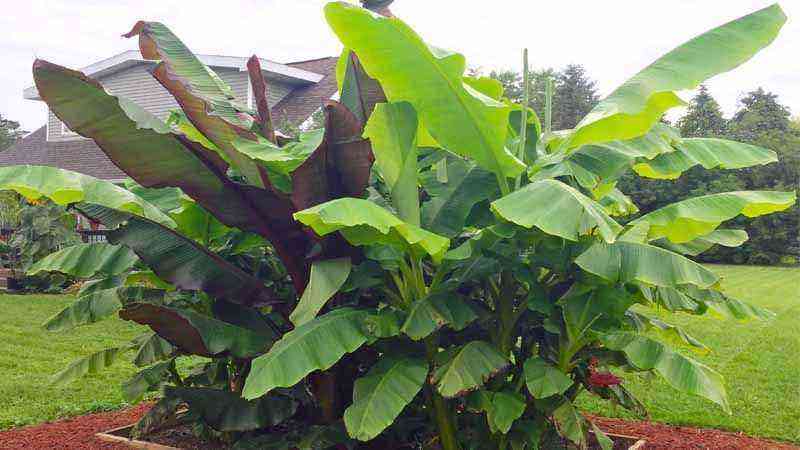

How do I adapt my Musa basjoo to my climate?
Although it may seem that the Japanese banana tree needs high temperatures to function, it is able to withstand cold winters without problems. Frost very strong damage the leaves and sensitive parts, but they regenerate in spring.
On the other hand, the trunk resists temperatures below 10º C below zero. It is usually grown in full sun but protected from the wind, since the latter dries the leaves and makes them lose their ornamental beauty.
At first, when he is still small, the Musa basjoo appreciates medium shade conditions, where there are more options for humidity in the environment.
Don’t worry about the fact that you can’t grow it in your area because you think it might be too cold, think that the Japanese banana tree has grown in areas like New England and Ontario, in Canada.
Even so, if you foresee a strong frost, proceed as follows:
- Punch the ground. You have to protect the roots.
- Remove dead or damaged leaves.
- Wrap the young stems with plastic wrap.
As to soilIt is important that if nature is poor you have to add organic matter. (homemade compost or manure).
In addition, it must have good drainage and avoid accumulation of water, since as we will see below, the way to water the Musa basjoo conditions the development of the crop.
Irrigation conditions of Musa basjoo
Irrigation control is an important technique in the cultivation of Musa basjoo or Japanese banana tree. It is important to maintain the humidity conditions to which you were originally accustomed at all times. Of course, it is not worth overdoing the irrigation and flooding the area.
It is usually watered 2 or 3 times a week to conserve soil moisture. In summer you have to be attentive to some growing conditions, for example, if you have it planted in the garden in full sun, it may require more frequent watering, at the same dose.
If it is in the shade (because it is still small, because if not to see who is shading it with 5 or 6 meters of height) the humidity will be preserved longer and it will not be necessary to water as much. Do not take irrigation in a technical way, do it when the soil (and not the plant, it is not necessary to reach the water stress of the Japanese banana tree) asks for it.
The subscriber of Musa basjoo and your requirements
In this case, the subscriber of the Japanese banana tree it is important. You have to complete your NPK needs (nitrogen, phosphorus and potassium).
Nitrogen is important for your growth, and you will need potassium and phosphorous for flowering and fruit production. It must be paid regularly with the available organic matter that provides the bases for these three mineral components.
On some occasions, in fall or winter, the leaves may turn yellowish. It is a normal occurrence in the Musa basjoo that can be solved by fertilizing with microelements to save small chloroses (iron, magnesium, etc.)
Some disorders of the Japanese banana tree
The Japanese banana tree is not a plant that suffers from too many problems. It can be affected by some insects such as borers, mealybugs, aphids, etc., as well as nematodes that attack their roots. In terms of diseases, it is susceptible to anthracnose (a typical fungus in hot and humid areas) and to virus of the mosaic.
Multiplication
The small inedible fruits that we have discussed above are a good source of propagation, but not the best.
Around this banana tree they usually appear little suckers, attached to the trunk that are a perfect form of propagation. We will transplant these suckers to new indoor growing conditions, and when they are sufficiently grown, we will move them back to the permanent ground.
Of course, if they are very small, you have to be careful with frost.



